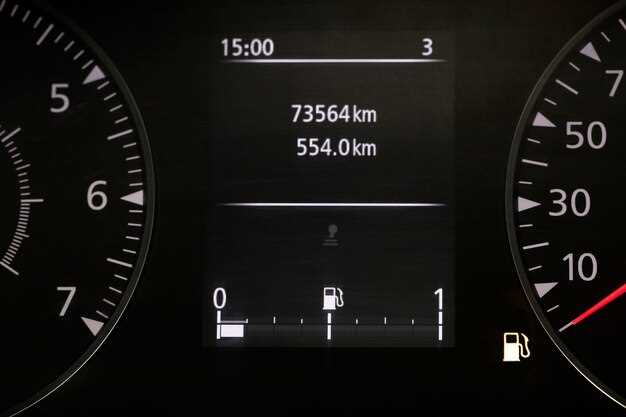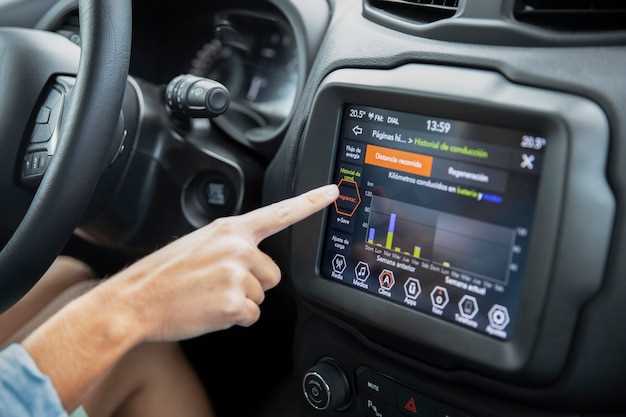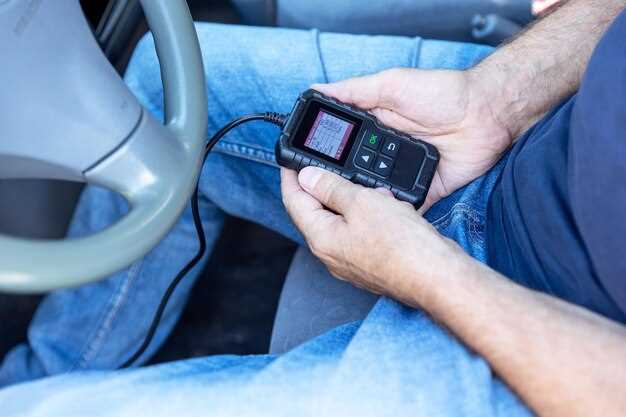

The Tire Pressure Monitoring System (TPMS) is an essential feature in modern vehicles, including the iconic Ford Mustang. This system is designed to continuously monitor the air pressure in each tire, ensuring that they are inflated to the manufacturer’s recommended levels. Proper tire pressure is crucial for optimal vehicle performance, safety, and fuel efficiency.
In this guide, we will delve deeper into the importance of TPMS in the Mustang, how it operates, and the benefits of maintaining your tire pressure. Understanding the intricate workings of the TPMS can enhance your awareness as a vehicle owner and contribute to a safer driving experience. Tire pressure that is too low or too high can lead to increased tire wear, reduced handling, and even catastrophic failures on the road.
Additionally, we will provide practical tips on how to check your Mustang’s tire pressure, interpret TPMS alerts, and address common issues associated with the system. With the right knowledge and regular maintenance, you can ensure that your Mustang performs at its best, giving you the thrilling ride you expect from this legendary car.
Understanding Mustang’s TPMS Alerts and Indicators
The Tire Pressure Monitoring System (TPMS) in your Mustang is a critical safety feature designed to keep you informed about your vehicle’s tire health. This system continually monitors the air pressure in each tire, alerting you to any issues that may compromise your driving experience.
When the TPMS detects a tire is under-inflated, it activates a warning light on your dashboard, typically depicted as an illuminated tire icon with an exclamation point. This alert indicates that one or more tires are operating below the recommended pressure, which can affect handling, fuel efficiency, and overall safety.
Additionally, some Mustangs are equipped with more advanced TPMS that provides a specific tire pressure readout for each wheel, allowing drivers to easily identify which tire needs attention. This feature not only enhances safety but also helps in maintaining optimal tire performance, extending the life of your tires.
In cases where the TPMS light blinks, it may indicate a malfunction within the system itself, necessitating a check to ensure proper functioning. Regular maintenance and awareness of TPMS alerts are essential for keeping your Mustang safe and ensuring that your tires are always in peak condition.
Overall, understanding TPMS alerts is vital for any Mustang owner. Ignoring these warnings can lead to dangerous driving conditions and premature tire wear. Always address any TPMS notification promptly to maintain both safety and performance.
Regular Maintenance: Checking and Resetting Your TPMS

Regular maintenance of your Tire Pressure Monitoring System (TPMS) is crucial for ensuring optimal performance and safety while driving your Mustang. Checking the TPMS involves monitoring tire pressure levels and ensuring that all sensors are functioning properly. Consistent pressure checks can help prevent unexpected tire failures and enhance fuel efficiency.
To begin the maintenance process, regularly inspect each tire’s pressure using a reliable gauge. Refer to the tire information sticker located on the driver’s side door jamb for the recommended pressure levels. It is advisable to check tire pressure when the tires are cold, as heat from driving can alter the readings.
In addition to pressure checks, resetting the TPMS is essential after performing tire rotations, replacements, or pressure adjustments. This process ensures that the system accurately reflects the current tire conditions. Consult your Mustang’s owner manual for specific steps to reset the TPMS. Typically, this involves turning on the ignition without starting the engine and pressing the TPMS reset button, or using the vehicle’s onboard computer system.
Regularly maintaining your TPMS contributes to a safer driving experience and prolongs the lifespan of your tires. Keeping an eye on tire pressure and promptly addressing any warning lights or irregular tire performance will help you avoid potential hazards on the road.
Impact of Tire Pressure on Mustang Performance and Safety

Maintaining the correct tire pressure is crucial for optimizing the performance and safety of a Mustang. The Tire Pressure Monitoring System (TPMS) plays a vital role in alerting drivers to any significant deviations from the manufacturer-recommended pressures. Proper tire inflation affects several factors including handling, fuel efficiency, and braking distance.
Under-inflated tires can lead to reduced responsiveness and increased wear. This condition not only compromises cornering stability but also elevates the risk of tire blowouts. Conversely, over-inflated tires might decrease the contact patch with the road, leading to a harsher ride and diminished traction. Both scenarios can negatively impact the overall driving experience of a Mustang.
Additionally, tire pressure influences fuel efficiency. When tires are at the optimal pressure, rolling resistance is minimized, allowing the Mustang to achieve better mileage. A 1 psi drop in pressure can lead to a noticeable decrease in fuel economy, which can become significant over time.
Safety is another critical concern, as incorrect tire pressure can substantially affect braking performance. In emergency situations, well-inflated tires ensure that the Mustang can stop effectively and maintain control. Therefore, regular monitoring of tire pressure through the TPMS is essential for every Mustang owner to ensure a safe and high-performing driving experience.





